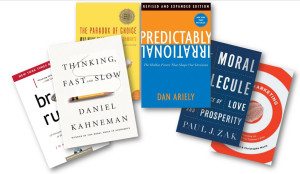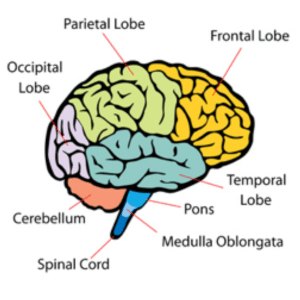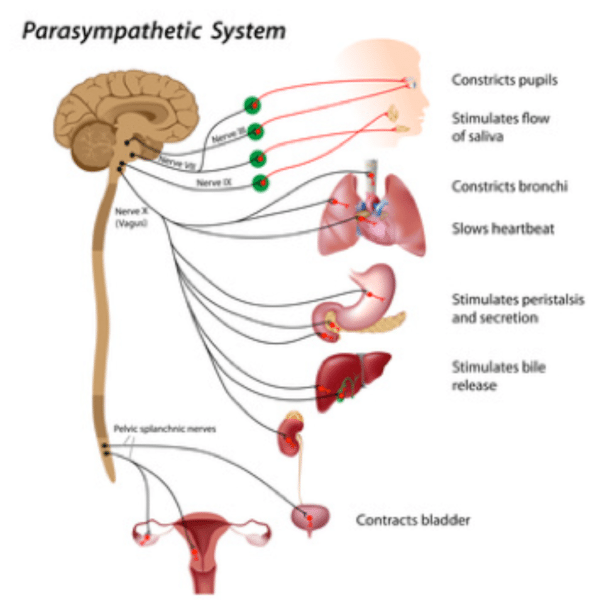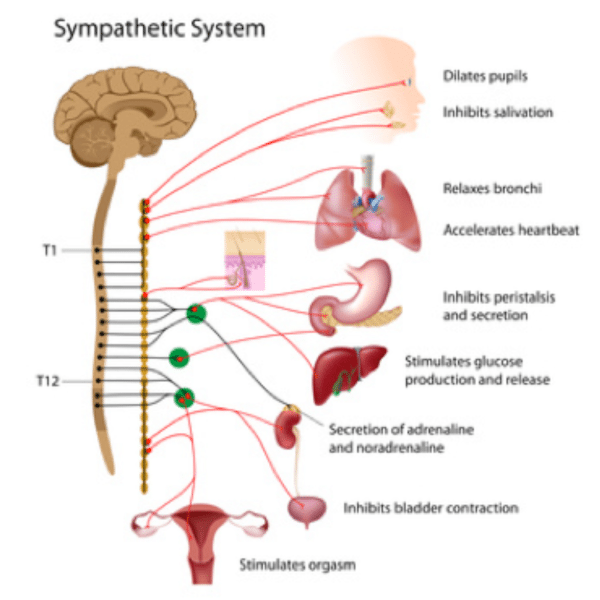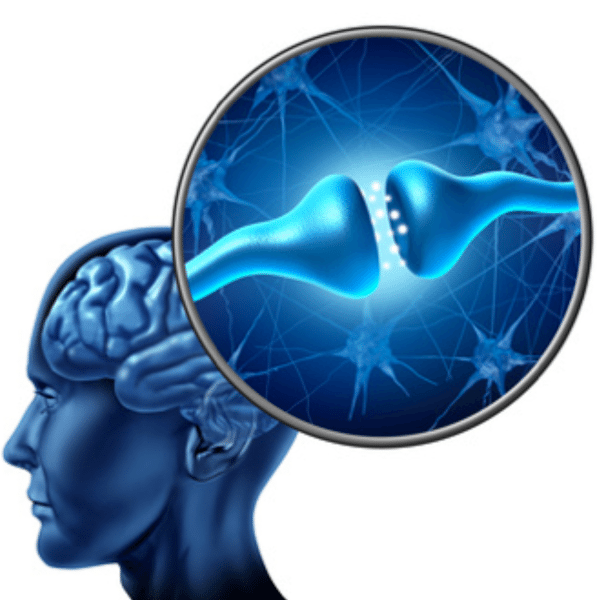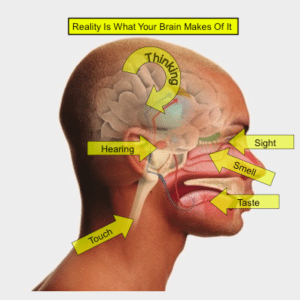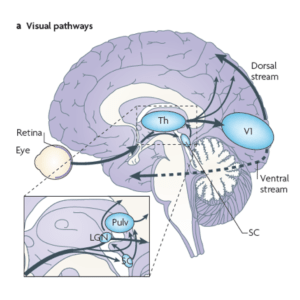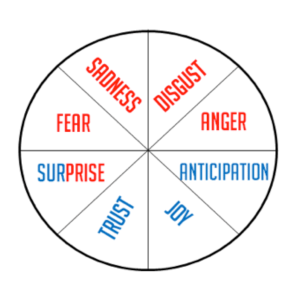La combinazione delle parole neuro e marketing implica la fusione di due campi di studio e discipline (neuroscienze e marketing). Il termine neuromarketing non può essere attribuito ad un particolare individuo in quanto attorno al 2002, cominciarono ad apparire organicamente diversi contenuti sull’argomento.. All’epoca, alcune aziende americane come la Brighthouse e SalesBrain diventarono le prime ad offrire servizi di ricerca e consulenza in neuromarketing sostenuti dall’uso di metodi e conoscenze provenienti da campo delle neuroscienze cognitive. Più semplicemente, il neuromarketing suggerisce che la comprensione e la previsione del comportamento d’acquisto dei consumatori deve includere necessariamente la prospettiva delle neuroscienze. Un crescente numero di libri sono stati pubblicati successivamente sul tema del neuromarketing, delle neuroscienze del consumatore, della psicologia del consumatore, delle neuroscienze cognitive ed in altri campi. Per saperne di più, vi suggeriamo di visitare la lista dei libri che preferiamo cliccando qui.
Il primo contributo universitario sull’argomento è fatto risalire a Read Montague, professore di Neuroscienze presso il Baylor College of Medicine nel 2003 e pubblicato nella rivista scientifica Neuron nel 2004. Lo studio chiedeva ad un gruppo di persone di bere Pepsi Cola o Coca Cola, mentre i loro cervelli venivano scannerizzati in una macchina a risonanza magnetica funzionale fMRI. Benché le conclusioni dello studio fossero considerate davvero intriganti, il dottor Montague non aveva fornito una spiegazione razionale che spiegasse come e perché il cervello umano gestisce e seleziona le preferenze di marca. Tuttavia, lo studio ha evidenziato che diverse parti del cervello si attivano se le persone sono consapevoli o non consapevoli del marchio che consumano. In particolare, lo studio ha suggerito che un marchio forte come quello della Coca Cola ha il potere di “possedere” un pezzo della nostra corteccia prefrontale. La corteccia prefrontale PFC gestisce la nostra attenzione, controlla la nostra memoria a breve termine, e svolge ciò che al nostro pensiero riesce meglio —- in particolare pianificare. Quindi, secondo lo studio, quando le persone sanno che stanno bevendo Coca Cola, affermano in realtà che preferiscono il marchio Coca-Cola sul marchio Pepsi e la loro corteccia prefrontale PFC si attiva ed accende. Tuttavia, quando non sanno quale marca stanno consumando, riferiscono di preferire la Pepsi. In quest’ultimo caso, la parte del cervello che dimostra essere più attive non è l’EF ma una struttura cerebrale più antica immersa nel sistema limbico. Questa zona del cervello è responsabile del nostro comportamento emotivo ed istintivo. Lo studio Coca Cola e Pepsi Cola potrebbe non essere stato sufficiente a convincere molti ricercatori di marketing che le neuroscienze potrebbe contribuire a decifrare il codice neurale delle nostre decisioni di acquisto, ma certamente è stato sufficiente ad avviare un nuovo campo di studi. Da allora, centinaia di studi sono stati condotti confermando la correlazione tra comportamento dei consumatori e l’attività cerebrale.
Osservare al Cervello come ad un Organo ad Alto Consumo di Energia
Difatti, il cervello è responsabile per tutti i comportamenti dei consumatori. Per eseguire questi comportamenti e scelte, il cervello ha bisogno di usare un sacco di energia. Anche se il cervello pesa solo circa il 2% della nostra massa corporea, brucia quasi il 20% della nostra energia totale. Per la maggior parte delle decisioni che prendiamo nell’arco di una giornata la gestione è svolta al di sotto del nostro livello di consapevolezza e scienza. Questo spiega perché quasi il 90% dell’energia consumata dal nostro cervello è necessaria per sostenere la nostra “modalità di riposo”, un aspetto critico del funzionamento del cervello, che è in gran parte svolta sotto il nostro livello di consapevolezza. Così appare che usiamo solo il 10% del nostro cervello consapevolmente. Peggio ancora, noi non controlliamo la maggior parte della nostra attenzione dal momento che siamo troppo occupati a scansionare l’ambiente per rilevare sorgenti potenziali di pericolo e potenziali minacce. Perché nulla è più importante della sopravvivenza, siamo in realtà sotto il costante controllo attivo della parte più antica del nostro cervello nota come R-complex detto anche cervello rettile. Questa struttura comprende il tronco cerebrale e parte del sistema limbico inferiore. Il cervello rettile si è sviluppato nel corso di milioni di anni. E un cervello pre-verbale, non comprende i messaggi complessi e cerca di evitare il dolore delle emozioni. E ‘la parte del cervello che ci rende estremamente egoisti e guida le nostre forti preferenze per le euristiche rispetto alle lunghe deliberazioni. L’aspetto più potente del cervello rettile è il fatto che è in grado di elaborare stimoli visivi senza l’uso della corteccia visiva. Questo è il motivo per cui noi preferiamo le immagini più delle parole e le esperienze più delle spiegazioni. Antonio Damasio, neuroscienziato ben noto ed autore rispettato una volta disse: “Non siamo macchine pensanti che sentono, siamo macchine senzienti che pensano ” …..una volta ogni tanto.


